E-Mobility Growth: What's Driving the Market?
Published: 2025-09-16
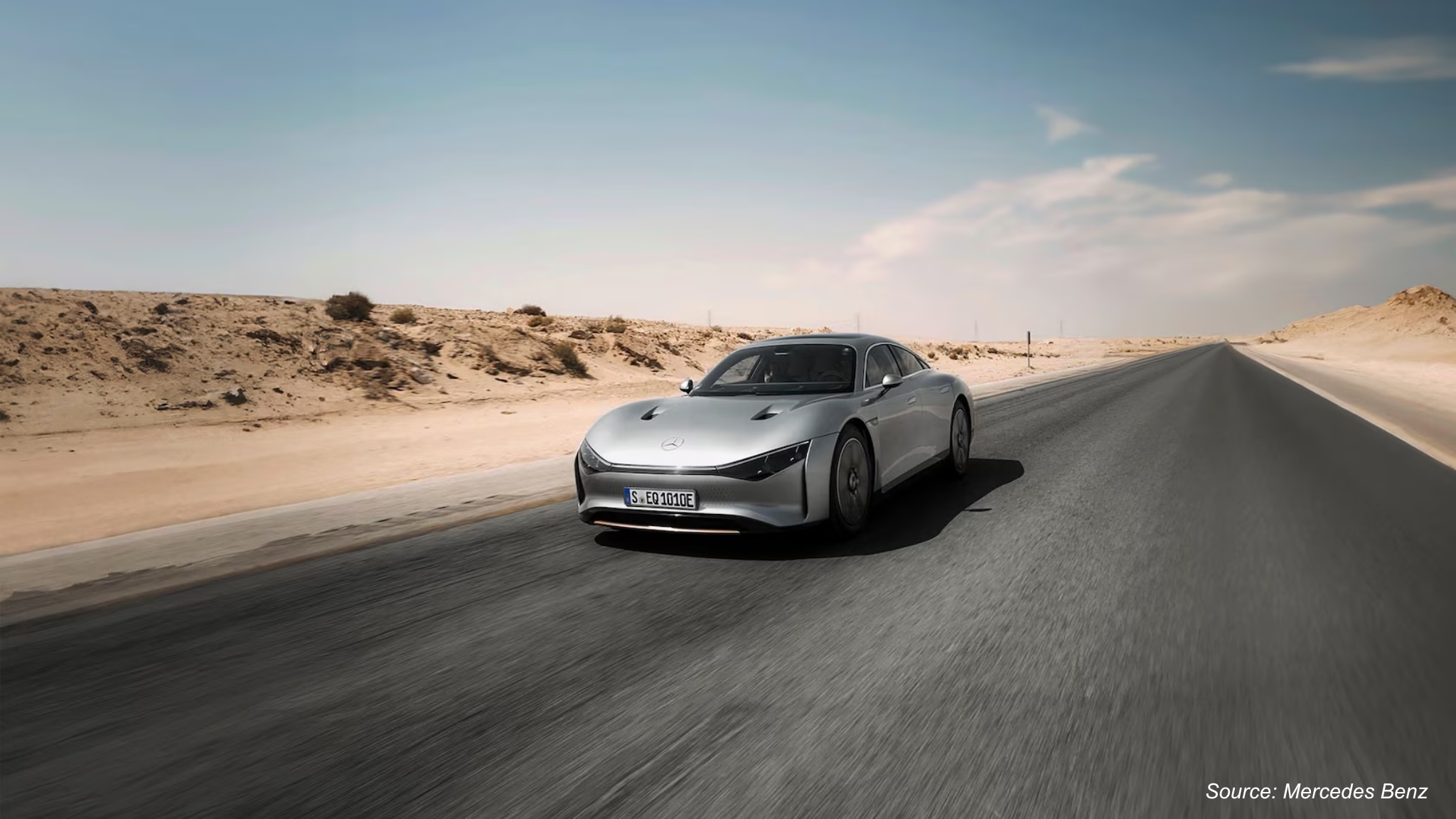
Introduction
E-mobility services are gaining prominence across the globe due to the rising level of pollution and the shift towards greener alternatives. Many countries are taking steps toward ensuring environmental sustainability. To meet sustainable development goals, the adoption of e-mobility services and electric vehicles is expected to increase in the coming years as well. These services are mainly offered by transport providers although several automotive OEM and EV manufacturers have also arrived in the industry. The major trends and developments are highlighted in this blog.
Let us have a look at the top trends in the e-mobility services industry.
Top Trends in The Industry
-
Rising Sales of EVs Across the Globe
According to the International Energy Agency, the number of electric cars, buses, vans, and heavy trucks on roads is expected to hit 145 million by 2030. It also states that roughly three million new electric cars were registered in 2020. The sales of electric vehicles had increased rapidly due to the high prices of fossil fuels and rising awareness related to environmental pollution. These factors contribute significantly to the growth of the e-mobility services market. Also, rising government initiatives for the development of EV infrastructure are crucial to the development of the market.
In March 2022, the Canadian government announced funding of USD 400 million for zero-emission vehicles (ZEVs) charging stations. Also, the Canadian Infrastructure Bank also announced the investment of USD 500 million in ZEV charging and constructing EV infrastructure.
-
Increasing Adoption of Electric Micro-Mobility
The ongoing trend for the adoption of electric micro-mobility is expected to thrive in the long term. Owing to extensive social distancing guidelines, disrupted public transport worldwide, and higher awareness regarding environmental concerns and personal hygiene during the Covid-19 pandemic, consumers preferred electrical micro-mobility products such as e-scooters, electric bikes, and others over public transportation for a short distance. Governments across the globe are also promoting the adoption of electric micro-mobility to fight climate change and become carbon neutral.
In October 2022, NIU launched its new kick scooter named as the KQi3 Max. It gives a top speed of 20 mph, and has a 40.4-mile range. This kick scooter offers maximum performance, comfort, and stability that help in urban micro-mobility.
-
Arrival of Automotive Original Equipment Manufacturers (OEMs) in E-Mobility Business
One of the key trends in the market is the increasing involvement of several automobile manufacturers in the shared mobility business. In 2018, Toyota Motors made an announcement at the Consumer Electronics Show (CES) to enter the shared mobility business. Furthermore, the company was working toward the introduction of the Autono-MaaS service, a mobility service that would be provided via self-driving EV. Also, in October 2022, Erisha E Mobility launched three new L5 category electric vehicles. The company claimed that these vehicles are equipped with a 51.2V Li-ion battery that offers a driving range of 120-140 km in a single charge.
Let us have a look at some of the developments:
Developments
We discuss some of the important developments in the industry. Companies are adopting several strategies such as product launches, partnerships, and others to hold a significant share in the market. Here are some of the developments to look upon:
Lime launched e-bike service in Castlebar
Lime is the world's largest shared electric vehicle company. This company has been on a mission to build a future where transportation is shared, affordable, and carbon-free. In September 2022, Lime launched a shared e-bike service in Castlebar, Ireland. Delivered in partnership with Mayo County Council, this scheme will see up to 100 bikes available for hire in virtual parking bays across the town.
Uber’s partnership with Moove for ride-hailing
Uber aimed to have 100% of rides on the platform in electric vehicles, micro-mobility, or public transit by 2040. In July 2022, Uber partnered with Moove to launch a mega fleet for ride-hailing services in India. This partnership offered accessible vehicle financing exclusively to drivers on Uber’s platform.
Grab Holdings launched Grab Maps
Grab Holdings has been providing users with transportation, food delivery, and digital payments services via a mobile app. This company has been working on developing a map for helping e-mobility services. In June 2022, Grab Holdings Limited launched GrabMaps. This launch allowed swift e-mobility services and accurate location-based services in Southeast Asia.
Bird Global launched Bird Flex
Bird Global is a vehicle-sharing platform that provides affordable transportation solutions to people across the world. It has been launching several services and products that contribute to the growth of the e-mobility services industry. In December 2021, Bird Global launched its new Bird Flex E-Scooter and a new children’s kick scooter Birdie Glow. Bird Flex was designed to provide greater access to e-scooters. Birdie Glow provides the opportunity for children aged three years and older to join the scooter fun.
E-Mobility Services Providers
To get a better idea of the competitive landscape, below are some leading players in the e-mobility services market.
Conclusion
It is expected that the e-mobility services market will grow at a considerable rate than most other automotive categories. The rising sales of EVs along with government initiatives to strengthen EV infrastructure contribute to the growth of the e-mobility services industry. The trend of electric micro-mobility and the entry of OEMs also strengthen the market growth. The market players are adopting several strategies such as product launches and partnerships to maintain their dominance in the industry. New developments and innovative solutions present a massive opportunity for EV manufacturers in the future.
About the Author
 Kaushik Baul is a highly skilled and experienced researcher, with a passion for conducting thorough and accurate research. As a researcher, he is responsible for gathering, analysing, and interpreting data, and helping his clients to deal with complex business challenges. With a bachelor’s degree in science, he has a strong foundation in data analysis and synthesizing relevant information to support a wide range of projects. He is an avid reader and has a love for travelling and playing cricket.
Kaushik Baul is a highly skilled and experienced researcher, with a passion for conducting thorough and accurate research. As a researcher, he is responsible for gathering, analysing, and interpreting data, and helping his clients to deal with complex business challenges. With a bachelor’s degree in science, he has a strong foundation in data analysis and synthesizing relevant information to support a wide range of projects. He is an avid reader and has a love for travelling and playing cricket.
About the Reviewer
 Sanyukta Deb is a seasoned Content Writer and Team Leader in Digital Marketing, known for her expertise in crafting online visibility strategies and navigating the dynamic digital landscape. With a flair for developing data-driven campaigns and producing compelling, audience-focused content, she helps brands elevate their presence and deepen user engagement. Beyond her professional endeavors, Sanyukta finds inspiration in creative projects and design pursuits.
Sanyukta Deb is a seasoned Content Writer and Team Leader in Digital Marketing, known for her expertise in crafting online visibility strategies and navigating the dynamic digital landscape. With a flair for developing data-driven campaigns and producing compelling, audience-focused content, she helps brands elevate their presence and deepen user engagement. Beyond her professional endeavors, Sanyukta finds inspiration in creative projects and design pursuits.
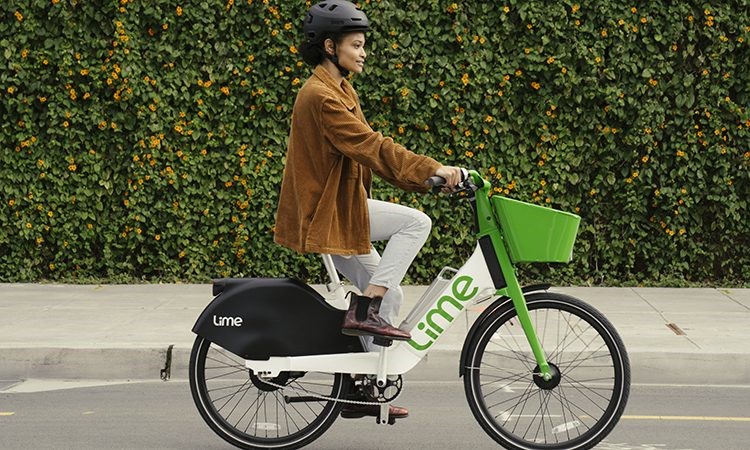


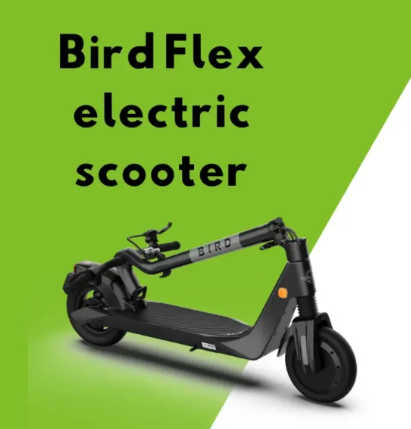
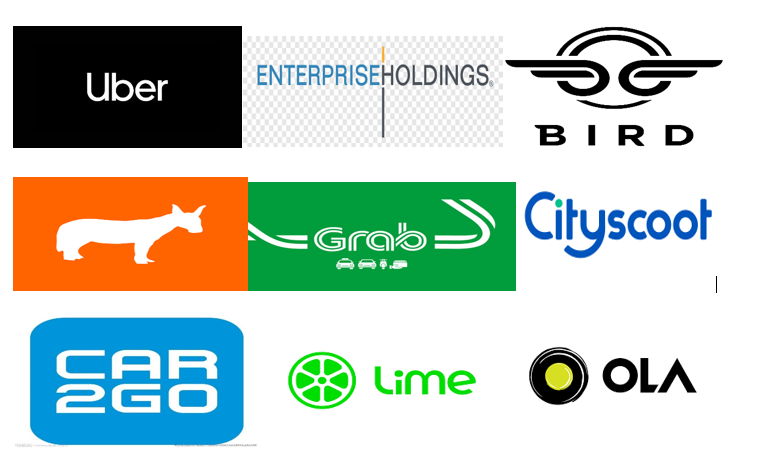








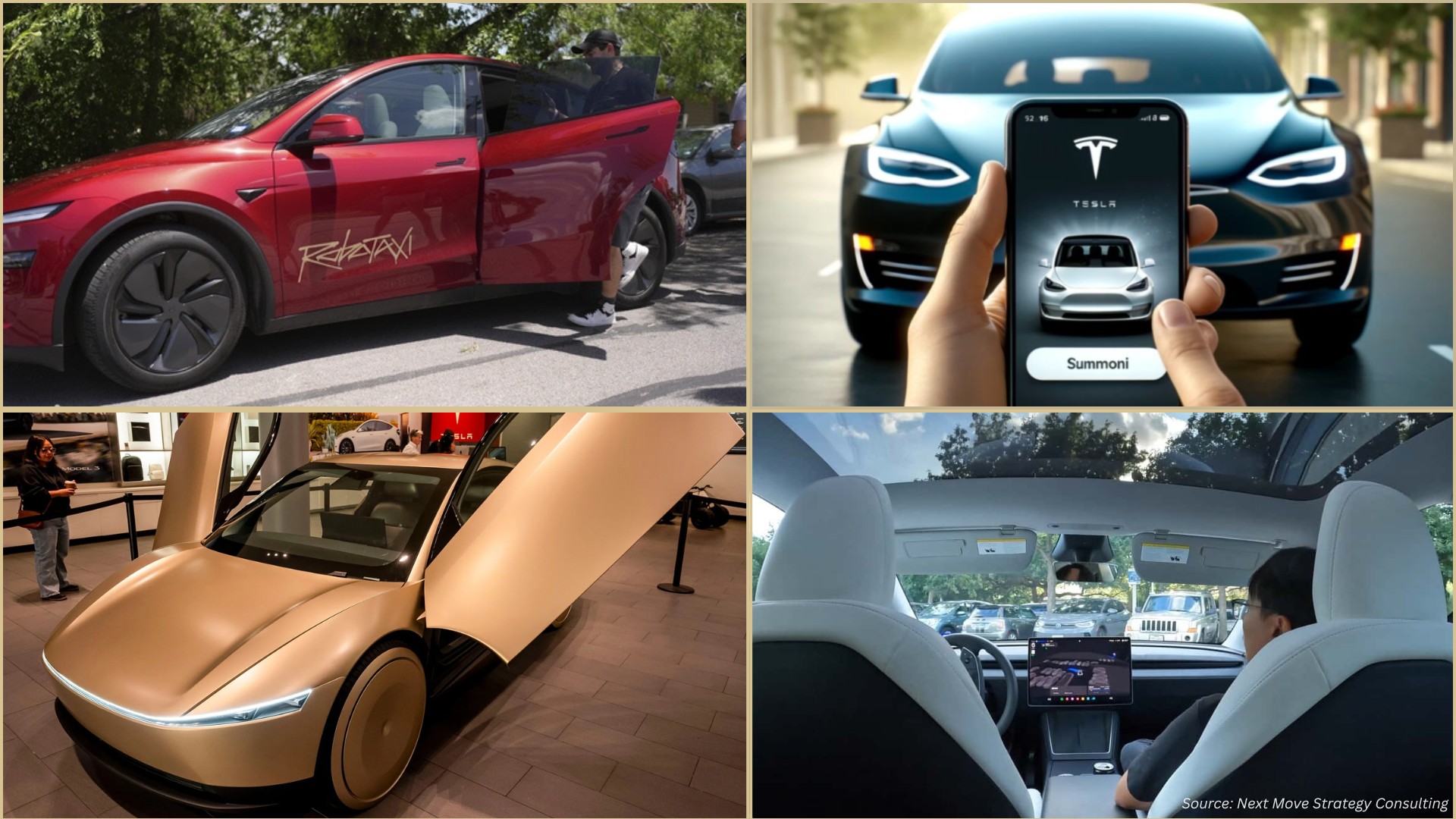


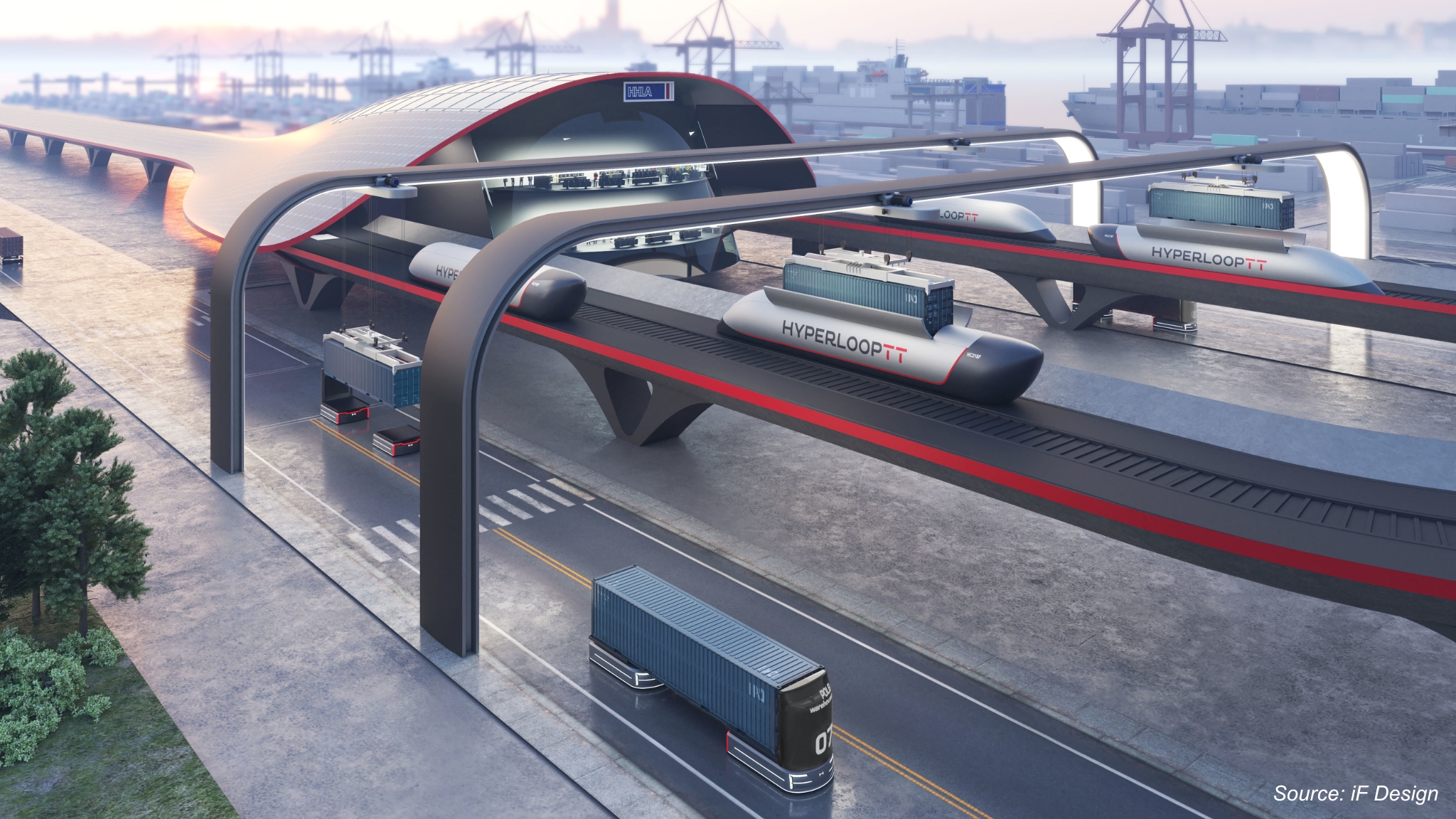




Add Comment